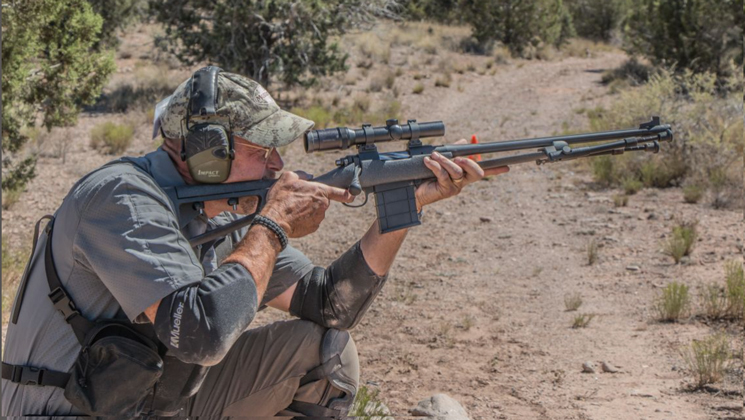
Top image: The author with a Packer Scout rifle by Brockman's Rifles.
"I am sometimes asked why we have not given more thought to the concept of a self-loading Scout rifle. The fact is that up `til now no self-loading action has been produced which is light, simple, and compact enough to meet the weight requirements of the piece. A second point is that semi-automatic fire is of little concern to a man acting alone unless he is in danger of being overwhelmed by a hoard of iron-age types armed with edged weapons. I would never be opposed to the concept of a self-loading Scout, however, if I thought I could get it without drawbacks."—Jeff Cooper, Commentaries, 1993
In “State Of The Scout Rifle,” I recounted the most recent conference of writers, firearm manufacturers and private students convened at Gunsite Academy near Paulden, Ariz., to explore the latest developments in Scout rifles. (Gunsite images courtesy Gunsite.com.)


Gunsite’s founder, the late Col. Jeff Cooper, was the father of the concept and had, 33 years earlier, conducted the first such conference with the goal of fleshing out the parameters of a “general purpose” rifle platform. Although its particulars morphed a bit through the years, they were usually stated in the following terms: a handy, light, compact bolt-action rifle, typically in .308 Win., with a barrel of between 18” and 20”, a forward-mounted, low-power optic of extended eye relief, backup iron sights, a quality trigger, and, if possible, a retractable bipod and on-board ammunition storage—all weighing about 7 lbs. and measuring 40” in length.

Jeff Cooper himself was at the 1998 rollout for the Steyr-made Scout; he began calling for the concepts behind it in 1985. Photo by Don L. Henry (American Rifleman, Sept. 1998)
Cooper’s experience as a Marine officer and his keen understanding of military history doubtless spurred his penchant for applying practical solutions to real-world shooting challenges and certainly informed his decisions about firearm design. His original vision for the scout rifle was so-named because it borrowed from the military context the idea of an arm that accompanied a lone combatant striving to gather intelligence while avoiding contact. In civilian guise, the scout was envisioned primarily as a game-getter, but one that could be pressed into defensive use in a pinch. It was a role for which the traditional bolt-action was well-suited as minimizing weight and bulk were, understandably, primary concerns. During my time at Gunsite, however, I found that the same characteristics that made the traditional scout so appealing also made it slower to bring to bear on a target, especially for quick follow-up shots, than a self-loader. And, to my way of thinking at least, that makes the bolt-action scout less appropriate today in the context of a “general purpose” rifle—particularly one that may be employed in a defensive situation.
Some years after the scout’s earliest development, the AR platform began to assume its rightful place as both an infantry and sporting rifle, and legions of AR fans, concerned as much about personal security as hunting, collectively redefined the general-purpose rifle. In more recent years that popularity has resulted in efforts to chamber ARs for harder-hitting cartridges, which, ironically, marked a return to the AR-10’s original chambering: 7.62x51 mm NATO. Of course that’s essentially the same cartridge as the .308 Win. that Cooper favored in the Scout. 
It’s true that today’s popular self-loaders—whether decades-old, military-inspired ARs or AKs or cutting-edge bullpups such as the IWI Tavor—are not as “handy” or light as the slender wood-and-steel bolt guns of Cooper’s era. On the other hand, there’s no denying that they offer considerably more “firepower.” And, make no mistake, I use that term not to convey an ability to lay down volumes of indiscriminate fire, but to suggest a quick and effective deliverance of either more hits on a single target or individual hits on multiple targets. Also, while on the subject of proper terminology, consider that “self-loading” actually describes an action type whereas “semi-automatic” simply describes a mode of operation. Selective-fire guns are self-loaders, too, but they have a fully automatic mode of fire and, usually, either semi-automatic and/or burst fire as well.
Semantics aside, though, the self-loader is, admittedly, nowhere near as mechanically simple, light-carrying, or inexpensive to purchase or maintain as a bolt gun. But it has one tremendous advantage when it comes to practical field shooting: It allows the shooter to concentrate more on the target and the shot. And that is the salient point of the matter—one not to be dismissed lightly. A bolt gun requires that one hand, usually the firing hand, come off the gun to work the bolt handle—in two different planes and with four somewhat distinct motions no less—but all that manipulation is sometimes further compounded by the shooter’s having to break his cheekweld on the gun, particularly if it is one whose action requires long bolt travel. Neither of those points is of any concern to the man armed with a self-loader, so he is able to concentrate on his target completely and on his shot for fractions of a second longer. And many times that makes all the difference.
Having put together a few self-loading “scout” rifles from off-the-shelf parts—ranging from a .22 Long Rifle Ruger 10/22 to a .30-’06 Sprg. M1 Garand—I couldn’t help but think of how my performance might have been improved by such an action at Gunsite. And that’s not to cast aspersions on the represented bolt guns—all were fine examples of the breed. But between attempting to practice the fundamentals of shooting, and struggling to establish a stable position from which to fire, bolt manipulation became an added chore that was disruptive to target acquisition on the front end and to shot follow through on the back end when an additional shot was required. All of that amounts to more than mere distraction—it can lead to misses and poor shooting when under the pressures of time and stress inherent in defensive and hunting scenarios.

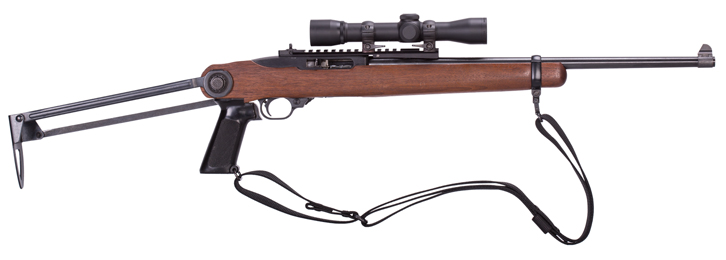
My guess is that many curious about the scout rifle idea today are just as concerned about how such an arm might fare in a civilian gunfight as they are about its abilities to down a big-game animal. That’s likely why many who might otherwise be attracted to the concept tend to dismiss it as anachronistic. In fact, it is interesting to note how much all of the commercially available bolt-action scouts share features in common with today’s so-called “modern sporting rifles.” Among those represented at the conference—the Cooper-sanctioned Steyr, the Gunsite-endorsed Ruger, the Savage, the Mossberg MVP—all have detachable magazines, threaded muzzles and Picatinny rails. And those characteristics, along with optics, bipods, slings and more, allowed us to connect reasonably quickly and repeatedly, for a bolt-gun that is, with our targets in a way that would have been difficult with even more antiquated bolt-action designs. It’s worth mentioning here that at least one participant held his own with a stripper-clip-fed Winchester Model 70.

But even with expert guidance from our Gunsite instructors, Il Ling New, Mario Marchman and Gary Smith, the compounding learning curve during three days of training in 108° F high desert heat began to take its toll and showed in bolts that were sometimes inadvertently short-stroked or not fully closed, which resulted in misfires and missed shots. And since we were shooting for score at paper targets from 25 to 200 yards, from standing, kneeling, sitting and prone, all that movement did nothing to improve our concentration on the targets or our shot placement.
As I suggested previously, it seems there’s little debate that Cooper’s basic idea has not only stood the test of time, but that it has managed to compete, somewhat, in a marketplace awash with self-loading “modern sporting rifles.” Ultimately, though, if as I suspect, Cooper was more convinced of the scout rifle as a generalized concept rather than as a legalistically defined form, then I see no reason a true scout can’t be a self-loader, a straight pull or even a lever-action. In fact, Andy Langlois, of Andy’s Leather, maker of the excellent Rhodesian slings that most participants used during the event, shot a straight-pull Merkel Helix with an Aimpoint 34L with excellent results.
Apparently, Cooper, too, was open to such experimentation. I saw the evidence in his own gun room exemplified by an early Ruger Mini-14, a Marlin lever-action and a Garand-based Beretta BM59—all compact and fast-handling rifles. And while few forward optic mounts were commercially available for those guns when Cooper shot them, today such mounts are available from multiple sources including Ultimak and Amega Ranges.
With the current raft of suitable self-loaders, straight-pulls and lever-guns, and design-specific optic mounts, Scout rifle enthusiasts and those seeking the ultimate “general purpose" platform, owe it to themselves to experiment with the guns that best suit their sensibilities and not to be overly influenced by whether they precisely fit the varying definitions set out by Col. Cooper through the years.

For me, that platform is one that will likely never be taken seriously by true scout enthusiasts, but it will forever represent my sense of the best overall “package” of features that I believe are essential for a general-purpose rifle. It is one that combines much of the bolt gun’s inherent strength and accuracy with the undeniable advantages of the self-loading system of operation. It even allows for “enhanced” straight-pull operation and stripper-clip feed. As to the specific platform, I’ll leave that for another time. For now, I think it is enough to suggest that a self-loader is just as deserving of the title “scout” or “general purpose” if configured in a way that hews to the basic concept and if it is configured in a practical, effective manner—even if it doesn’t “make weight.”













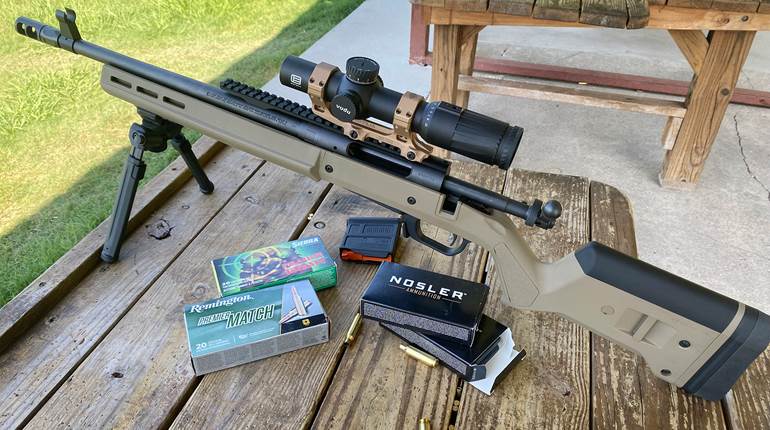
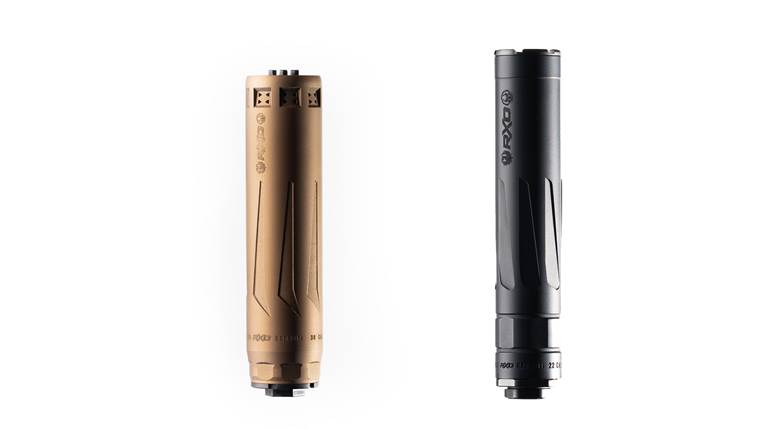
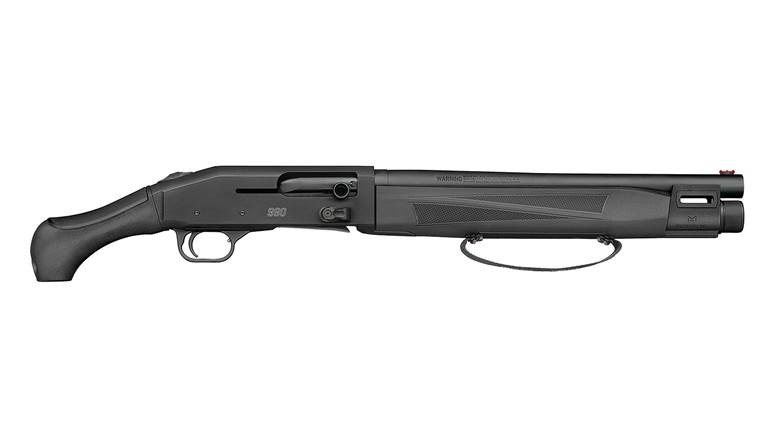

![Winchester Comm[94]](/media/1mleusmd/winchester-comm-94.jpg?anchor=center&mode=crop&width=770&height=430&rnd=134090756537800000&quality=60)
![Winchester Comm[94]](/media/1mleusmd/winchester-comm-94.jpg?anchor=center&mode=crop&width=150&height=150&rnd=134090756537800000&quality=60)


















